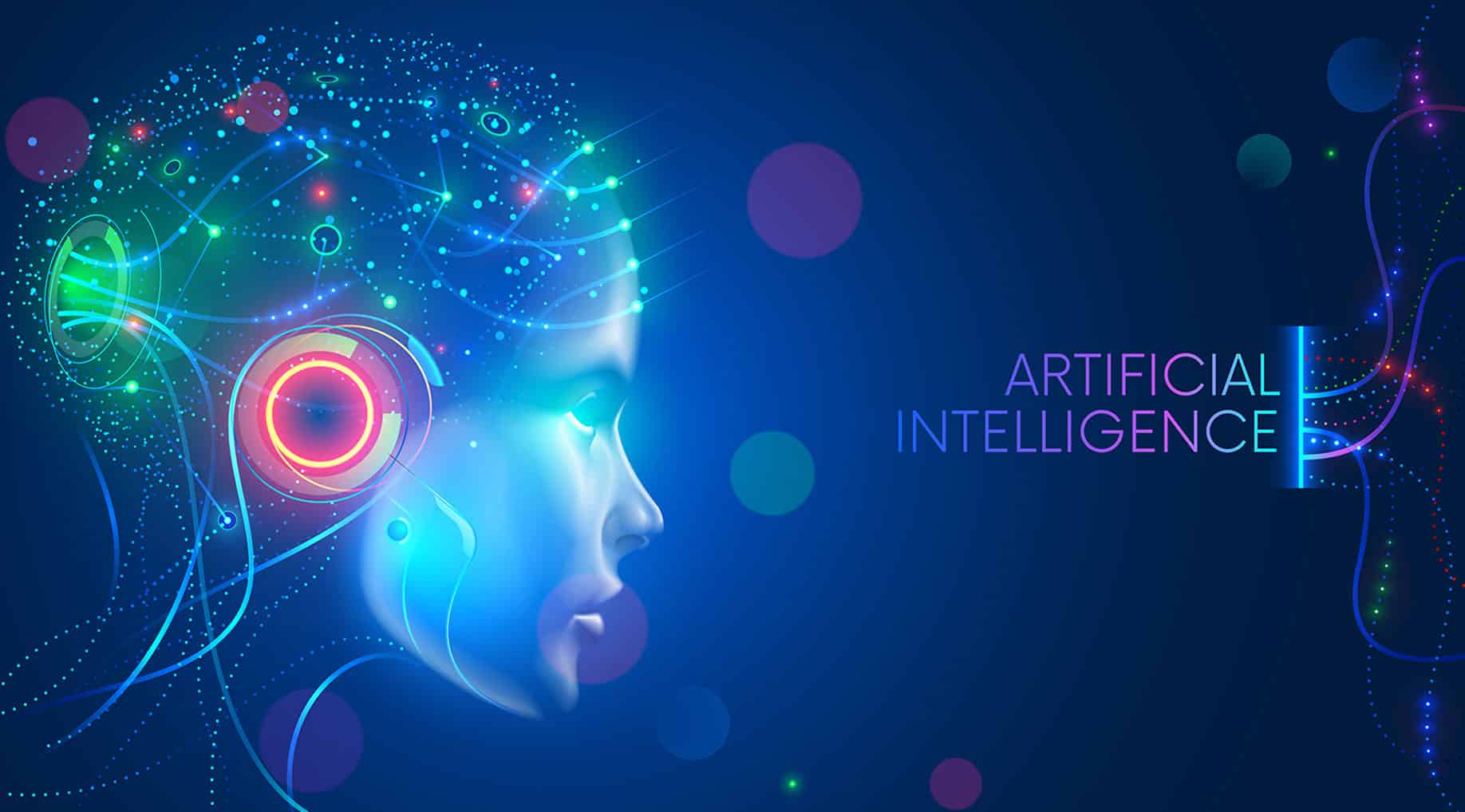In recent years, Artificial Intelligence (AI) has made remarkable strides in various industries, and the field of veterinary medicine is no exception. From diagnosing ailments to streamlining administrative tasks, AI is poised to revolutionize veterinary practice in ways previously unimaginable.
This article delves into the innovative ways in which AI is being utilized to enhance the quality of care for our beloved animal companions.
1. **Automated Image Analysis for Accurate Diagnoses**
One of the most significant contributions of AI to veterinary medicine is its ability to analyse medical images with unparalleled accuracy. AI algorithms can detect abnormalities in X-rays, ultrasounds, and MRIs, aiding veterinarians in identifying conditions such as fractures, tumours, and internal injuries. This not only accelerates the diagnostic process but also reduces the margin of error, leading to more effective treatment plans.
2. **Predictive Medicine and Preventive Care**
AI can sift through vast amounts of patient data to identify patterns that may predict potential health issues. By analysing trends in vital signs, blood work, and other diagnostic parameters, AI algorithms can alert veterinarians to potential concerns before they escalate into serious conditions. This proactive approach to healthcare can significantly improve outcomes for pets.
3. **Virtual Veterinary Assistants for Client Communication**
AI-powered chatbots and virtual assistants are transforming client interactions within veterinary practices. These digital assistants can provide pet owners with immediate responses to common queries, schedule appointments, and even offer basic advice on pet care. This not only enhances client satisfaction but also frees up veterinarians’ time for more complex cases.
4. **Personalized Treatment Plans**
AI systems can analyse a pet’s medical history, genetic makeup, and lifestyle to create highly individualized treatment plans. This level of personalization ensures that pets receive the most effective and appropriate care for their specific needs. It also allows for adjustments in real-time based on the pet’s response to treatment.
5. **Streamlining Administrative Tasks**
AI-powered practice management software can handle a range of administrative tasks, including appointment scheduling, billing, and inventory management. This automation reduces the administrative burden on veterinary staff, allowing them to devote more time to patient care.
6. **Telemedicine and Remote Monitoring**
AI-driven telemedicine platforms enable veterinarians to provide consultations and monitor patients remotely. This is particularly beneficial for clients in remote areas or for those with pets that have mobility issues. AI can assist in assessing symptoms, providing recommendations, and tracking progress, all from the comfort of the pet’s home.
7. **Enhanced Education and Training**
AI-powered educational tools and simulations are valuable resources for training new veterinarians and continuing education for experienced professionals. These tools provide realistic scenarios for practice, allowing veterinarians to hone their skills and stay updated on the latest advancements in veterinary medicine.
Summary
The integration of AI into veterinary practice marks a significant leap forward in the quality and efficiency of care for our furry, feathered, and scaly companions. By leveraging the power of AI, veterinarians can offer more accurate diagnoses, personalized treatment plans, and improved client communication. While AI may never replace the compassionate touch of a skilled veterinarian, it undoubtedly empowers them to provide the best possible care for our cherished pets. As the field continues to evolve, those who embrace these technological advancements will lead the way in shaping the future of veterinary medicine.

